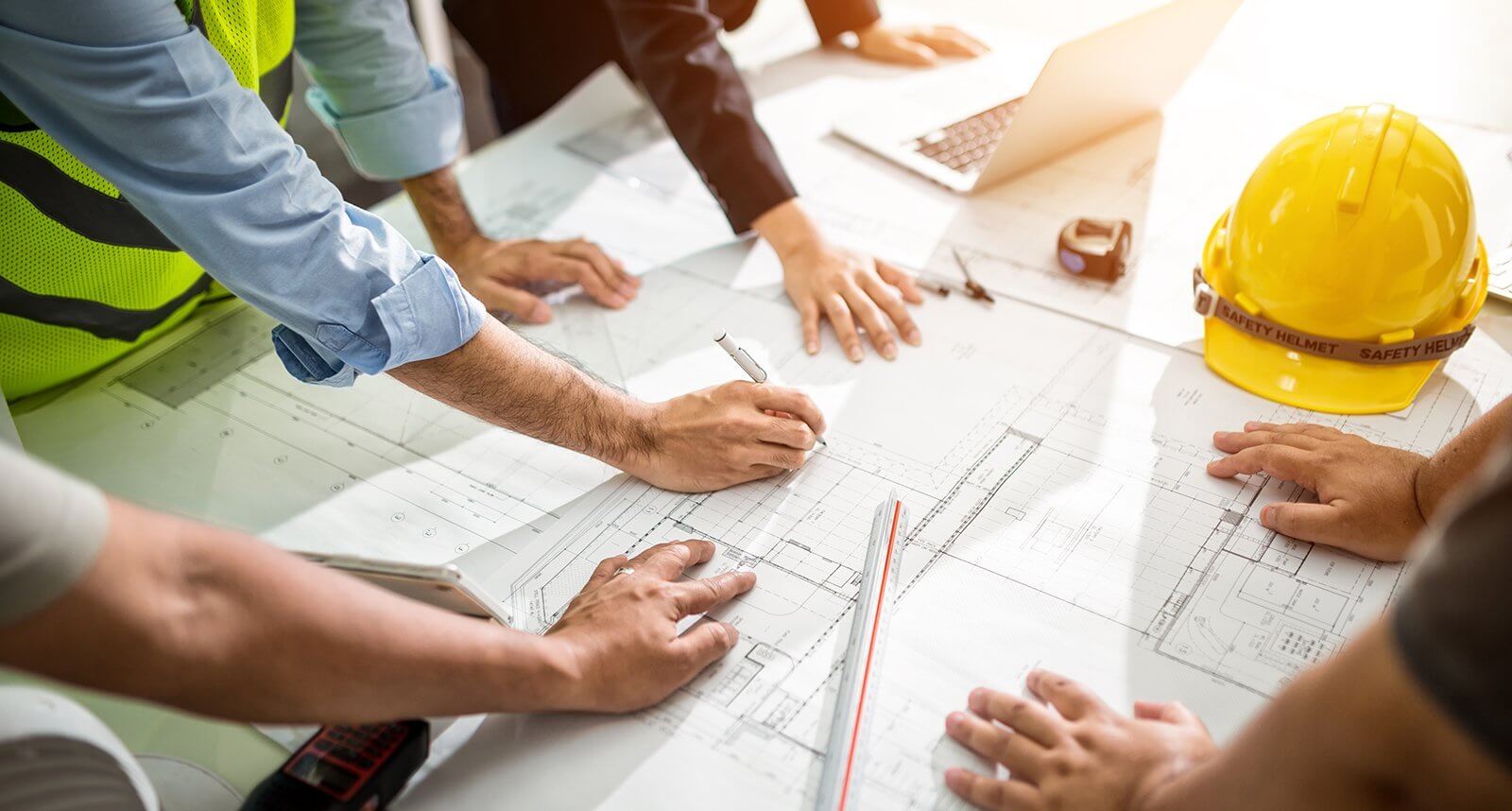by Jeffrey C Kadlowec, Architect
Abstract
Artificial neural networks provide methods of processing complex data through simulations that resemble human problem solving. Groups of decision nodes are arranged in multiple layers to predict outcomes based on weighted parameters. These applications include cost estimating, productivity forecasting, energy modeling, structural analysis, collision detection, and flow calculation. Combined with earned value management, critical factors can be adjusted to optimize projects to meet quality, budget and schedule demands.
Keywords: artificial neural networks, data processing, sustainable development

Artificial Neural Networks
Artificial neural networks (ANN) is a non-linear data process that emulates complex human problem solving. This artificial intelligence (AI) technique can be used in design and construction to analyze regularity and patterns, determine causation in various scenarios, and generalize information in unique cases [Marzouk 2023]. Algorithms are developed through groups of nodes (logic gates) in successive layers to solve calculations through prediction and approximation similar to decision trees and other networks. The method has been utilized in cost estimating, productivity forecasting, energy modeling, structural analysis, collision detection, and flow calculation.
Greater capital investment, increased uncertainty, and longer schedules in construction management (CM) require data-intensive decision making best determined by the application of ANNs. The information processing method simulates human brain with abilities for creative, flexible and intelligent learning through hidden neural pathways between input and output layers. If outcomes result in errors, corrections are made by adjusting weights and the computation restarted. Machine learning allows for generalized solutions on future projects to be derived from historical data, aiding in optimization and sustainable development [Ahmed 2022].
The model for data processing, inspired by the nervous system, passes signals through transfer function expressed in the mathematical formula:

where is the output, is the transfer, is the weight of input , and is the threshold value [Liu 2021]. Design of the network topology is determined by the amount of nodes in each layer, the connection pathways, and number of layers that will result in a weighted outcome (see Fig 1). Flexible topology and the ability of self-learning make ANN a powerful computational tool for predicting construction costs and forecasting price indexes. Collection and standardization of historical data remains to be utilized on future projects remains essential in ensuring that these models are producing accurate estimates.
Labor costs comprise 30 – 50% of overall project costs, making labor productivity and performance key determinants toward financial success. ANNs provide a means of measuring, simulating and predicting efficiency through the complex mapping, allowing for adaptation and improvement of specific influential factors [Heravi 2015]. A lack of qualified supervisors, skilled labor shortages, high turnover rates, and employee absenteeism remain as challenges for the construction workforce. Material shortages, site and weather conditions, equipment breakdown, improper tools, design changes, and drawings deficiencies adversely affect operational efficiency. Labor competence, respect for workers, incentive programs, skills-based training, proper planning, and timely payment were found to have the most positive impacts.
Infrastructure projects (IPs) are one of the largest contributors to gross domestic product (GDP), increasing the capacity for growth of a variety of businesses. Billions of dollars are set aside by governments for IP development, though most of these improvements surpass budget estimates and project deadlines adversely impacting related industries and causing financial issues [Nabawy 2024]. Evaluating the risk for impact on cost (IOC) and probability of occurrence (POO) is an integral part of strategy management. ANN models can identify critical factors in project delivery, aiding in decision-making towards successful completion. Various technical attributes, management issues, organizational structures, financial problems, environmental risks, and external issues must all be carefully considered in the planning and execution of IPs.
Increases in capital investment and associated cost overruns require more sophisticated methods of cost estimation. Earned value management (EVM) utilizes project scope, budget and schedule to predict final cost and completion date [Balali 2020]. By incorporating additional parameters and related data through ANNs, forecast models will produce more accurate projections by variation of contributing factors. These parameters can be adjusted throughout the project lifecycle to explore options, analyze problems and propose solutions based on precise calculations.

Figure 1. Basic ANN architecture [Kulkarni 2017]
References
Ahmed, Mohd; AlQadhi, Saeed; Mallick, Javed; Ben Kahla, Nabil, Anh Le, Hoang; Singh, Chander & Thi Hang, Hoang. (2022). Artificial Neural Networks for Sustainable Development of the Construction Industry. Sustainability. 10.3390/su142214738.
Balali, Amirhossein; Valipour, Alireza; Antucheviciene, Jurgita & Ŝaparauskas, Jonas. (2020). Improving the Results of the Earned Value Management Technique Using Artificial Neural Networks in Construction Projects. Symmetry. 10.3390/sym12101745.
Heravi, Gholamreza & Eslamdoost, Ehsan. (2015). Applying Artificial Neural Networks for Measuring and Predicting Construction-Labor Productivity. Journal of Construction Engineering and Management. 10.1061/(ASCE)CO.1943-7862.0001006.
Kulkarni, P; Londhe, S & Deo, M. (2017). Artificial Neural Networks for Construction Management: A Review. Journal of Soft Computing in Civil Engineering. 1-2: 70-88. 10.22115/SCCE.2017.49580.
Liu, Shicheng; Chang, Ruidong; Zuo, Jian; Webber, Ronald; Xiong, Feng & Dong, Na. (2021). Application of Artificial Neural Networks in Construction Management: Current Status and Future Directions. Applied Sciences. 10.3390/app11209616.
Marzouk, Mohamed; Elhakeem, Ahmed & Adel, Kareem. (2024). Artificial Neural Networks Applications in Construction and Building Engineering (1991-2021): Science Mapping and Visualization. Applied Soft Computing Journal. 10.1016/j.asoc.2023.1111174.
Nabawy, Mohamed & Mohamed, Ahmed. (2024). Risks Assessment in the Construction of Infrastructure Projects Using Artificial Neural Networks. International Journal of Construction Management. 24(4): 361-373. 10.1080/15623599.2022.2156902.



